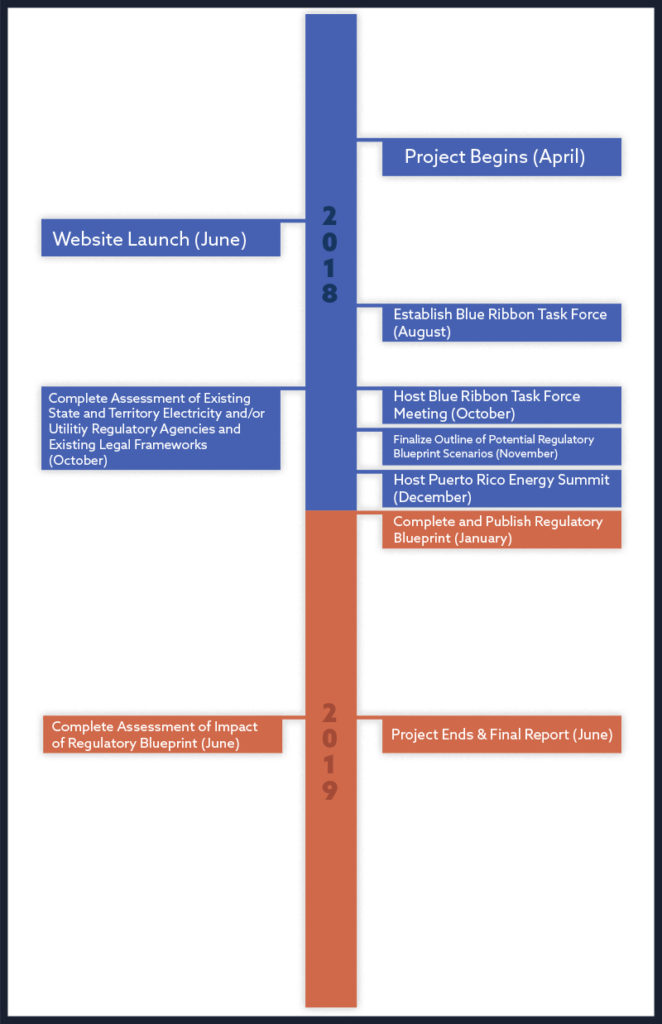Overview
The work includes four objectives that provide a logical structure necessary to achieve the goals of the project:
- Build a stakeholder participation network to assure the active engagement of government, industry, academia, and the public;
- Create potential legislative options for a revitalized Puerto Rico electric energy grid system;
- Define the long-term goals and objectives of policies and a regulatory framework that support an affordable, reliable, resilient, and sustainable energy grid system in Puerto Rico; and
- Review the economic, financial, and insurance risks associated with the privatization of the Puerto Rico Electric Power Authority (PREPA).
Frequently Asked Questions
Who is SSEB and why is it leading this effort?
Southern States Energy Board (SSEB) is a nonprofit interstate compact organization created in 1960 and established under Public Laws 87-563 and 92-440. The Board’s mission is to enhance economic development and the quality of life in the South through innovations in energy and environmental policies, programs and technologies. Sixteen southern states and two territories comprise the membership of SSEB: Alabama, Arkansas, Florida, Georgia, Kentucky, Louisiana, Maryland, Mississippi, Missouri, North Carolina, Oklahoma, Puerto Rico, South Carolina, Tennessee, Texas, U.S. Virgin Islands, Virginia and West Virginia. Each jurisdiction is represented by the governor and a legislator from the House and Senate. Under public law, a Federal Representative is appointed by the President of the United States.
SSEB was created by state law and consented to by Congress with a broad mandate to contribute to the economic and community well-being of the southern region. The Board exercises this mandate through the creation of programs in the fields of energy and environmental policy research, development and implementation, science and technology exploration and related areas of concern. SSEB serves its members directly by providing timely assistance designed to develop effective energy and environmental policies and programs and represents its members before governmental agencies at all levels.
In this project, SSEB serves the Government of Puerto Rico and its citizens by offering expertise to the Territory’s decision-makers. SSEB hosted a meeting in San Juan in 2018 during which regulatory options were presented publicly.
Does SSEB have a role in the reformation and privatization of PREPA and its regulation?
No. SSEB is not an advisor in efforts to reform and privatize PREPA. SSEB will not be making or influencing decisions related to PREPA’s privatization or how it is ultimately regulated. That decision resides with the Government of Puerto Rico. However, SSEB will examine the current state of the privatization effort to inform the drafting of appropriate regulatory models for consideration by the Government of Puerto Rico.
How is the project funded?
The project is funded through a Cooperative Agreement with the U.S. Department of Energy and managed by the National Energy Technology Laboratory. The U.S. Department of Energy’s Office of Electricity provides 100% of the funding to support the scope of work.
How will you carry out the scope of work?
The project is solely focused on convening a small group of regulatory experts to identify multiple potential regulatory framework models that could be applicable to the privatized entity. To do so, SSEB will examine the current state of the privatization effort to inform the drafting of appropriate regulatory models for consideration by the Government of Puerto Rico.
Will you publish findings from the project?
Yes, deliverables associated with the Cooperative Agreement will be available on this webpage.
Will the project evaluate current grid conditions and offer alternatives?
No, the scope of work does not encompass an evaluation of grid conditions or alternatives.

Download:
Fact Sheet
Do you have any questions or comments? If so, please use the contact form on this page or call 770.242.7712.

